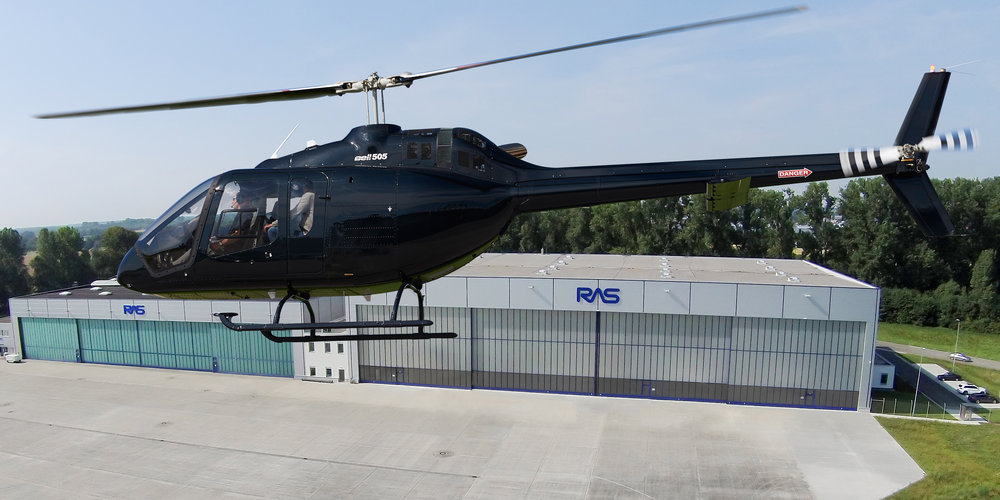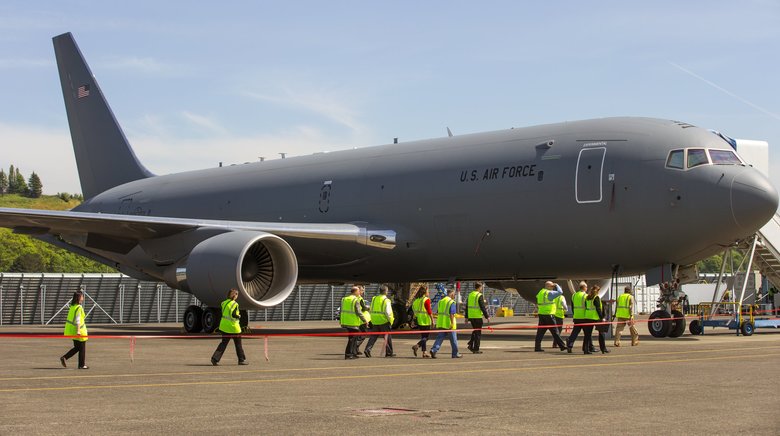Rheinland Air Service Appointed First German Dealer for Bell 505
Bell Textron Inc., a Textron Inc. (NYSE: TXT) company, appointed Rheinland Air Service GmbH (RAS) the first German dealer for the Bell 505. Approaching 50 years of business aviation experience, RAS is a proven provider…


